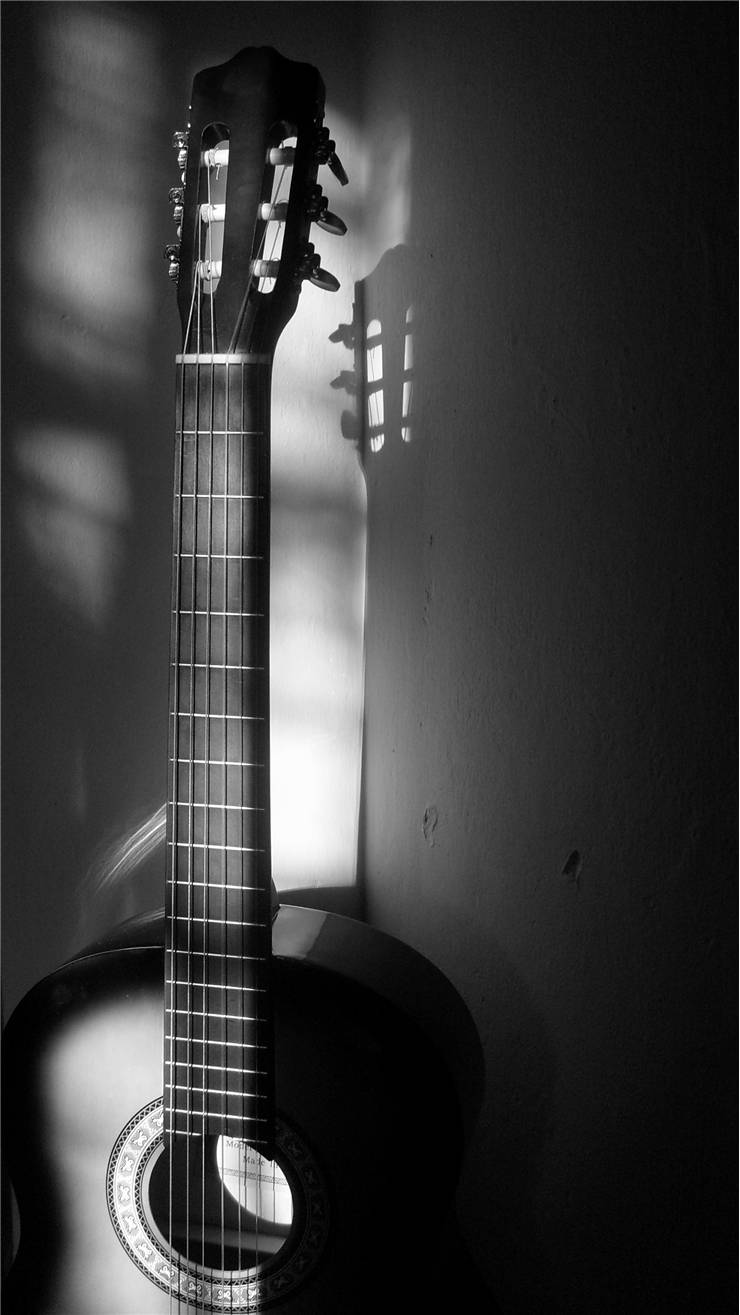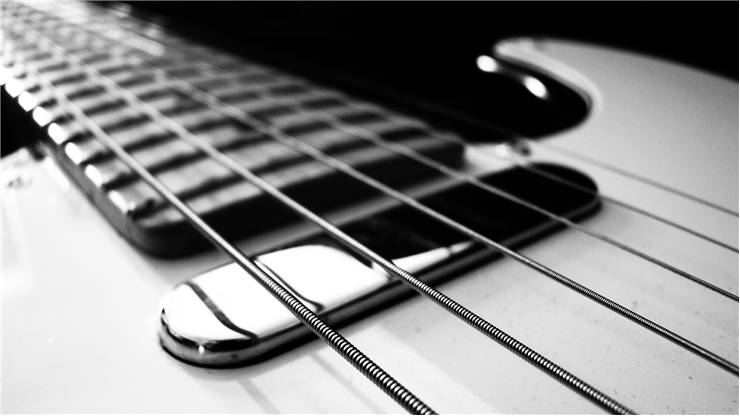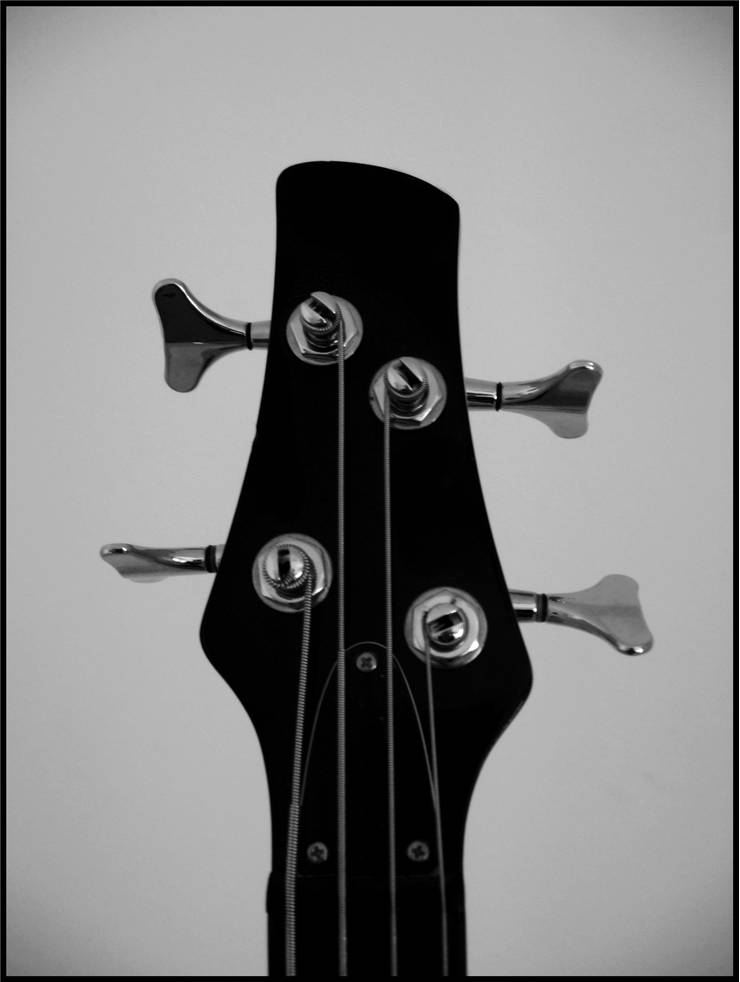History of the Classical and Electric Guitar
History of guitar reaches the early years of some of our oldest civilizations. From its creation, and travel through several millennia of human progress, expansion and development, guitars also went through countless changes of form. It traveled across all continents, being influenced by countless traditions and musical influences, being slowly transformed from “background rhythm instrument” to the forefront of music that happened in the early years of the 20th century after development of modern “classical guitar” by Antonio Torres Jurado (1817 – 1892).
First historical appearance of guitar-like instrument was found in ancient Persia, some 3500 years ago. Some 2 centuries later, Hittite (ancient Anatolian) craftsmen managed to build stone carving of man playing guitar, which is today treasured as the oldest iconographic proof of the guitar origins. After spreading across Middle East and reaching Egypt, Ancient Greece and China, guitar instrument continued to be changed by materials, musical styles and mostly great popularity of harp-like instruments. Guitars from Greece however continued to live on, most notably Chitara and Tanbur. Chitara became very popular in Rome who introduced this instrument to their entire territory. Guitars also continued their life outside of Europe, most notably Moorish guitar which was brought to Spain in 8th and 9th century. This guitar enables Spanish luthiers to get advantage in guitar evolution and promotion, creating several very interesting guitar designs that were responsible for later adoption of many other modern classical instruments. Most influential guitar that was made in Spain during 15th and 16th century was Vihuela, which was later replaced by Baroque guitar. Most popular European guitar for a long time was Lute, which was used during same period as Vihuela.
Modern period of guitar history started with the exploits of Spanish guitarist and luthier Antonio Torres Jurado who in late 19th century managed to create guitar design that was so superior to any other then in production. This guitar become widely copied after his death, and very quickly becoming the standard model of acoustic guitar that was played all around the world. His design of “classical guitar” can today be found in all modern acoustic guitars. Another important moment in the history of guitar happened during 1930s with the introduction of electric guitars. Manufacturers like Gibson, Fender and others managed to completely revolutionize the way guitar was used in modern music, off course with the great help of musicians like BB King, Elvis and others that actually used them in their popular rock and roll songs.
Today, more than 3500 years after it was first used, guitar represents one of the two most popular instruments in the world (in addition to piano).


